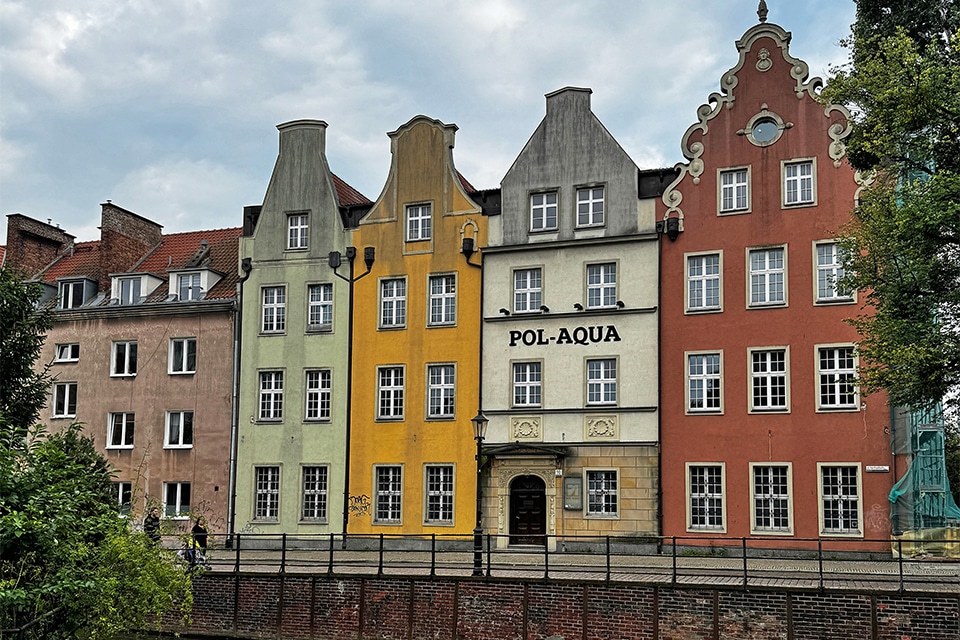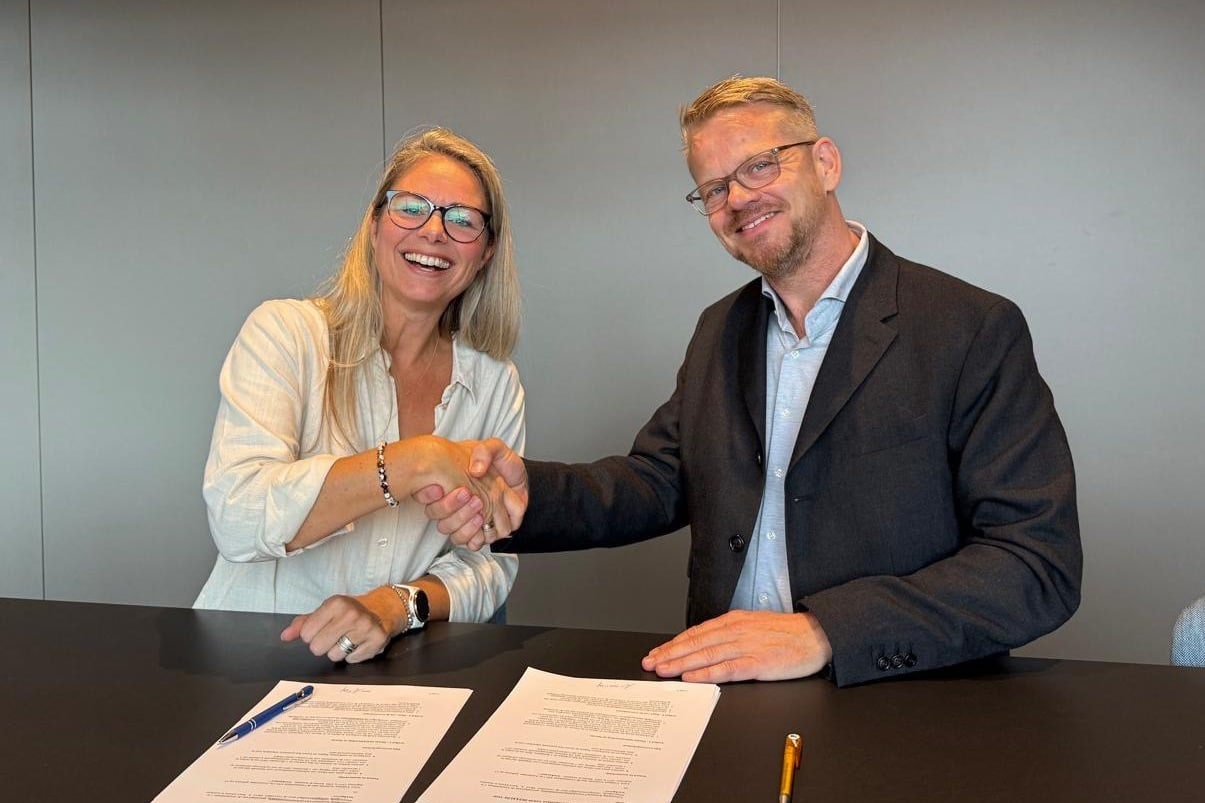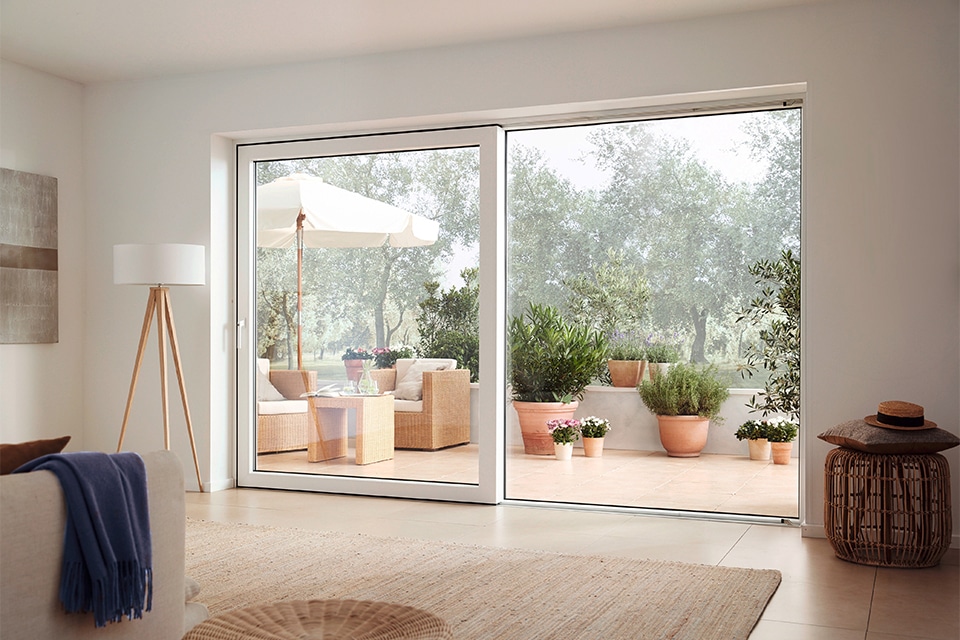
Japan delivers another winner of Pritzker Architecture Prize
Riken Yamamoto, the architect as catalyst for change and connection!
The highly regarded 2024 Pritzker Architecture Prize was officially awarded last month to Riken Yamamoto, the Japanese architect whose work has been praised worldwide for the way it brings communities together. The Hyatt Foundation announced his laureate status earlier this year, making Yamamoto the ninth Japanese architect to receive this prestigious award since its inception in 1979.

The award ceremony took place May 2024 in the historic S.R. Crown Hall at the Illinois Institute of Technology in Chicago. The ceremony, presented by the university's College of Architecture in collaboration with the Chicago Architecture Center, highlighted Yamamoto's influential approach to architecture that connects communities and promotes social interaction.
Architectural innovation
Riken Yamamoto was born in Beijing in 1945 and later moved to Yokohama, Japan. He graduated from Nihon University's College of Science and Technology and received a master's degree from Tokyo University of the Arts. In 1973, he established his own practice, Yamamoto & Field Shop. Throughout his five-decade career, he has worked experimentally with structures, materials and building systems to create unique projects that are seamlessly adapted to the needs of their users.
Yamamoto's work is characterized by a strong emphasis on transparency and blurring the lines between private and public. According to the Pritzker Prize jury, Yamamoto is praised "for creating community awareness about the responsibility of social issues and for calibrating each architectural response to these issues. His projects, such as the Hiroshima Nishi Fire Station, demonstrate how architecture can contribute to community building by making activities visible and encouraging interaction.

Yamamoto defines community as "the sense of sharing one space. This vision is reflected in his designs that integrate meeting spaces and shared amenities, such as (rooftop) terraces and gardens. His Pangyo Housing project in South Korea is an excellent example of this, with transparent ground-floor spaces and a common deck on the second floor that includes playgrounds and gardens.
Catalyst
During the laureate lecture and panel discussion, which took place after the awards ceremony last month, Yamamoto and previous laureates, including Sir David Chipperfield, Francis Kéré and Anne Lacaton, shared their insights on the role of the architect as a catalyst for change. They emphasized the importance of social systems and the challenge of creating and connecting communities through architecture.
Alejandro Aravena, chairman of the Pritzker Prize jury and a 2016 winner himself, praised Yamamoto for his ability to carefully blur the line between public and private. "Yamamoto makes a positive contribution that goes beyond enabling commonality," Aravena said. "He brings dignity to everyday life and turns the ordinary into something extraordinary."
Tom Pritzker, president of the Hyatt Foundation, noted that Yamamoto is developing a new architectural language that not only creates spaces for families to live, but also communities for families to live together. "His works are always connected to society; they cultivate a generosity of spirit and honor the human moment," he stated.
The award of the 2024 Pritzker Prize officially recognizes and celebrates Yamamoto's vision and dedication to designing spaces that bring communities together. His work - according to the jury - serves as a powerful example of how architecture can contribute to a better and more connected world.




